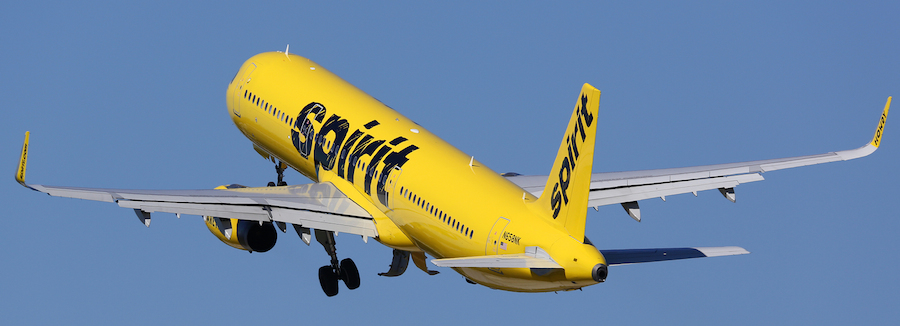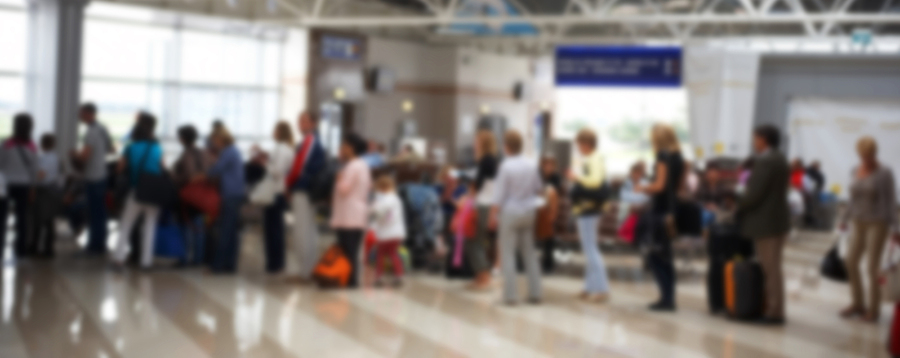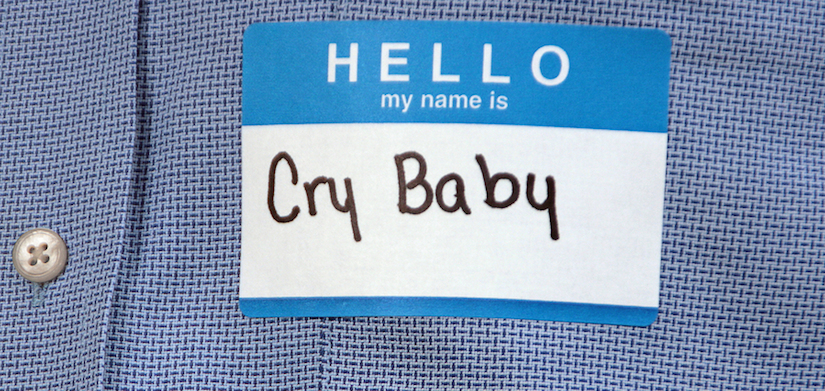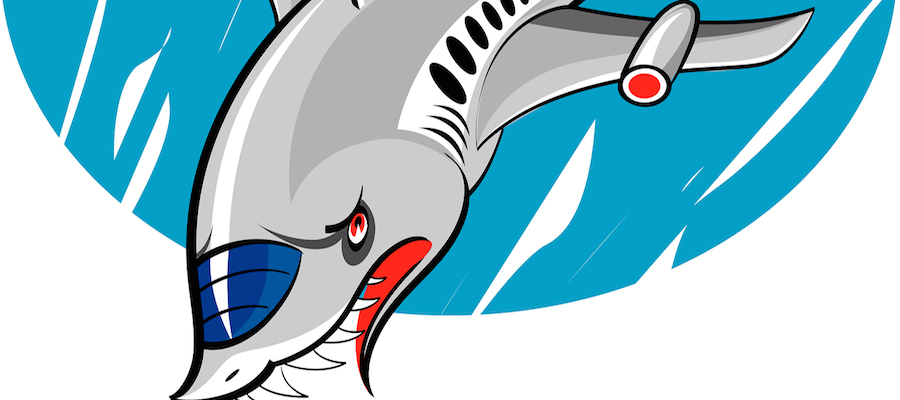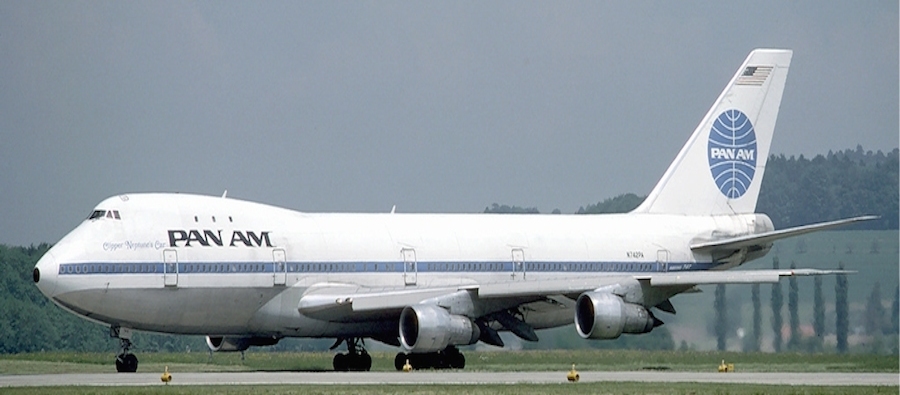No question, a commercial aircraft is a safe place to be. It has been pointed out, for instance, that in the United States you are more likely to be killed by a dog attack than a commercial airplane crash. Still, if you want to increase the odds that flying will not be the cause of your demise, here are America’s 10 safest airlines.
Eastern Airlines
Founded: 1926
Why so safe: Stopped flying in 1991
Of note: Among the deaths resulting from a 1974 Eastern Airlines crash were those of the father and two older brothers of comedian Stephen Colbert, who was ten at the time. He said the experience has had much to do with his view that the world doesn’t always make sense.
Northwest Airlines
Founded: 1926
Why so safe: Stopped flying in 2010
Of note: In 1971, hijacker D.B. Cooper parachuted from the tail end of a Northwest Boeing 727 somewhere over Washington State’s Cascade Range, along with $200,000 in ransom. He was never heard of again, except as the inspiration for songs, films, and printed works, among them a pamphlet, published in 1972, titled “SKYJACKER’S GUIDE OR PLEASE HOLD THIS BOMB WHILE I GO TO THE BATHROOM.“
Pan American World Airways
Founded: 1927
Why so safe: Stopped flying in 1991
Of note: In the early 1960’s Pan Am was so optimistic about its future that it began accepting reservations for trips to the moon. By the time “The World’s Most Experienced Airline” went under, in part as a result of the terrorist bombing that brought down Pan Am Flight 103 over Lockerbie, Scotland, more than 93,000 people had put down a deposit for the space flight.
Braniff International Airways
Founded: 1928
Why so safe: Stopped flying in 1982
Of note: A Braniff plane holds the record for the longest distance flown while being hijacked — 7,500 miles from San Antonio, Texas, to Buenos Aires, Argentina.
Continental Airlines
Founded: 1934
Why so safe: Stopped flying 2012
Of note: A subsidiary of Continental known as Continental Air Services Inc was created primarily to fly support missions in Southeast Asia during the Vietnam War. Which is why CASI may be the only civilian airline that has had an active-duty pilot serve as a prisoner of war.
National Airlines
Founded: 1934
Why so safe: Stopped flying in 1980.
Of note: National is perhaps best remembered for its “Fly Me,” advertising campaign, featuring ads showing flight attendants saying, for instance, “I’m Cheryl. Fly me.” The campaign incensed the National Organization for Women, but was so successful that National purportedly considered intensifying it with “I’m going to fly you like you’ve never been flown before.”
Air Florida
Founded: 1971
Why so safe: Stopped flying 1984
Of note: The next time you are irritated by a flight attendant it might help to recall that when Air Florida Flight 90 crashed into the icy Potomac River in 1982 a flight attendant who was among the few survivors gave her life vest to an injured passenger.
Midway Airlines
Founded: 1976
Why so safe: Stopped flying 1991
Of note: One of the happier airlines, Midway, which never had a serious accident, proved that you could run a low-cost operation and still offer chocolate mints. Unhappily, like a number of other airlines, it could not survive the rise in fuel costs and economic downturn that resulted from the first Gulf War.
People Express
Founded: 1981
Why so safe: Stopped flying in 1987
Of note: People Express was the first airline to permit a woman to captain a 747. On the other hand, they were also the first U.S. airline to charge a baggage fee.
Hooters Air
Founded: 2003
Why so safe: Stopped flying in 2006
Of note: The most successful thing about Hooters Air is that many passengers truly didn’t care when they arrived.


